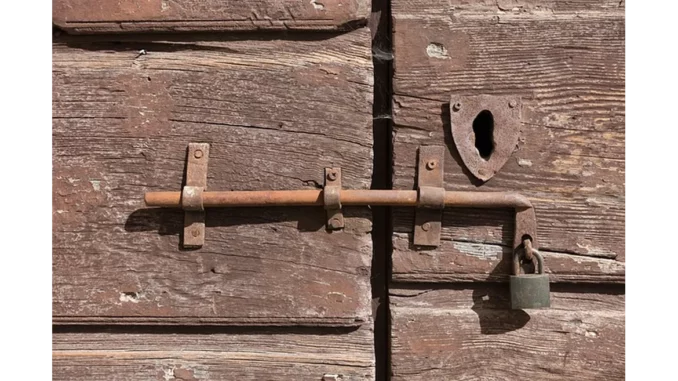
When I sat down with Margaret Turner, a long-time resident of Cheltenham and a retired nurse, she recounted her recent ordeal at Cheltenham General Hospital’s A&E department with a mixture of frustration and understanding. As someone who has dedicated her life to the medical field, Margaret’s insights were both enlightening and poignant.
“I’ve always had the utmost respect for our NHS,” Margaret began, her voice steady yet tinged with concern. “But what I witnessed last week was something I never thought I’d see in Cheltenham.”
On a crisp Sunday morning, Margaret found herself rushing her elderly neighbour to Cheltenham General Hospital’s A&E. Her neighbour, an 82-year-old gentleman named Mr. Jenkins, had taken a nasty fall in his garden. “He was in a lot of pain, and I knew he needed immediate attention,” Margaret recalled.
Upon arrival, Margaret was startled by the unusually quiet atmosphere of the A&E. “There were far fewer ambulances than I remember from years past,” she noted, echoing the concerns of local campaigners. According to REACH, the number of ambulances arriving daily has dwindled drastically over the past decade, a claim that Margaret’s experience seemed to corroborate.
The following day, Margaret heard that a “business continuity incident” had been declared by the trust due to significant demand and capacity pressures. The trust’s decision, which came into effect on Monday, was meant to address the overwhelming strain on resources. “It felt like they were trying to manage a situation that had already spiralled out of control,” she said.
Inside the A&E, Margaret was met with long waits and visibly overworked staff. “I could see the strain on their faces,” she recounted. “These professionals were doing everything they could, but it was clear they were stretched beyond their limits.”
Margaret described how patients and their families grew increasingly restless as hours ticked by. The main casualty unit at Gloucestershire Royal Hospital, which had been absorbing much of the overflow, was reportedly unable to cope with the mounting demand. This left Cheltenham’s A&E in a precarious position.
“I spoke with a couple of nurses,” Margaret continued. “They were apologetic, explaining that they were really sorry for the longer waits, especially during such busy periods. It’s heartbreaking because you can see they genuinely want to help but are restricted by the circumstances.”
Despite the challenges, Margaret was quick to acknowledge the dedication of the hospital staff. “They were working tirelessly, doing their best with what they had,” she said. However, the situation was far from ideal, and Margaret couldn’t help but feel that the system was failing both patients and healthcare workers.
In the days following her visit to A&E with Mr. Jenkins, Margaret heard murmurs of what some were calling a “closure through stealth.” The phrase was being used by campaigners to describe what they perceived as a systematic decline in the availability of emergency services at Cheltenham General Hospital.
“I don’t think anyone is intentionally trying to shut down services,” Margaret opined. “But the reduced number of ambulances and the pressures on Gloucestershire Royal Hospital are signs that something needs to change. It’s like the system is being pushed to the brink, and the cracks are starting to show.”
Margaret’s hope is that the trust will find a way to balance demand and capacity more effectively. “We need a sustainable solution,” she insisted. “One that ensures our A&E services can meet the needs of the community without compromising on care.”
As our conversation drew to a close, Margaret shared a sobering thought. “The NHS has always been something the British people are immensely proud of,” she reflected. “But for it to continue being the lifeline we all rely on, there must be changes. We need to support our healthcare workers and ensure our hospitals are equipped to handle the demands placed upon them.”
Margaret’s story is just one of many, but it paints a vivid picture of the challenges facing Cheltenham’s emergency services. Her experience is a call to action, urging both the trust and the community to work together to safeguard the future of local healthcare.
Eileen Pierson


Be the first to comment